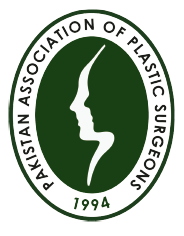
Bone graft is the process of transferring bone from one site to another. Bone graft may be obtained from the patient (autograft), another individual (allograft), or another species (xenograft). Autograft can be cancellous, cortical or corticocancellous.
1. Nonvascularized bone graft …..For Defects less than 6 cm with a well vascularized bed, adequate soft tissue cover, and absence of infection Donor area… iliac bone, fibula, mandible, radius scalp etc.
2. Vascularized bone graft…… For Defects less than 6 cm, it remains alive and
dynamic in its new site Donor area… free fibula flap, free iliac bone graft, free radial bone graft etc.
Nonunion, Malunion, Segmental Bone Loss, As Space Filler Bony Reconstruction
Outcome depends on the location and size of the fistula and status of surrounding tissues. Although most of the fistula closes after the surgery, some may recur and requires further surgery.
It usually takes less time than the original hypospadias repair and completes in less than an hour.
The surgery is performed under general anaesthesia and as a day care procedure. Patient can go home the same day after recovery from anaesthesia.
The most common complication is recurrence of the defect. Others complications include infection, difficulty in urination and stricture formation


